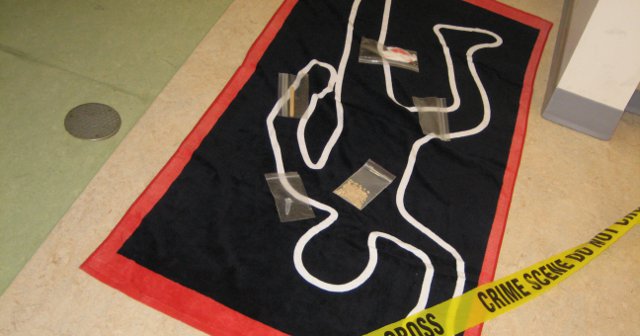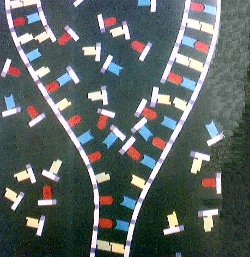
DNA testing has revolutionized murder investigations and paternity issues to such an extent that to get a mystery going, TV dramas often need to come up with weird situations where the tests won’t work. For example, CSI has had to resort to rare genetic conditions like chimerism to add a little spice to a story. And of course, there are always identical twins.
Identical twins start off from the same fertilized egg and so start out sharing exactly the same DNA. This means that standard sorts of DNA tests are useless in telling them apart. Which also means that crime shows can always add a bit of mystery by having an identical twin commit a crime or father a child.
Unlike chimeras though, identical twins are actually pretty common in real life. The latest estimates are that six out of every thousand people are identical twins. This means that there are a lot of children being fathered by identical twins and that these twins are involved in a good number of crimes too. And until recently, none could be identified from just their DNA.
This has all changed in a new study where scientists were able to reliably use DNA to tell two identical twins from each other. The scientists had to include the child of one of the twins in order to conclusively tell them apart but otherwise, the procedure took only a few weeks and a few thousand dollars. Probably too time consuming and expensive for every paternity or criminal case involving identical twins, but it might be worth it to catch a murderer.
Scientists have known for a while that in theory, the right kind of DNA test would be able to tell identical twins apart. This is because although identical twins start out with the exact same DNA, by the time they are born their DNA is just a bit different. The differences are so small though that a DNA test needs to be very sensitive to find them.

These differences (or mutations) are not specific to identical twins; we all build them up as we grow and develop. All of us, including identical twins, start out as a single cell. This cell and many of the resulting cells divide and divide again until there are the trillions of cells that make up each one of us. Each time that a cell divides, it needs to copy its DNA. And this is where the differences can arise.